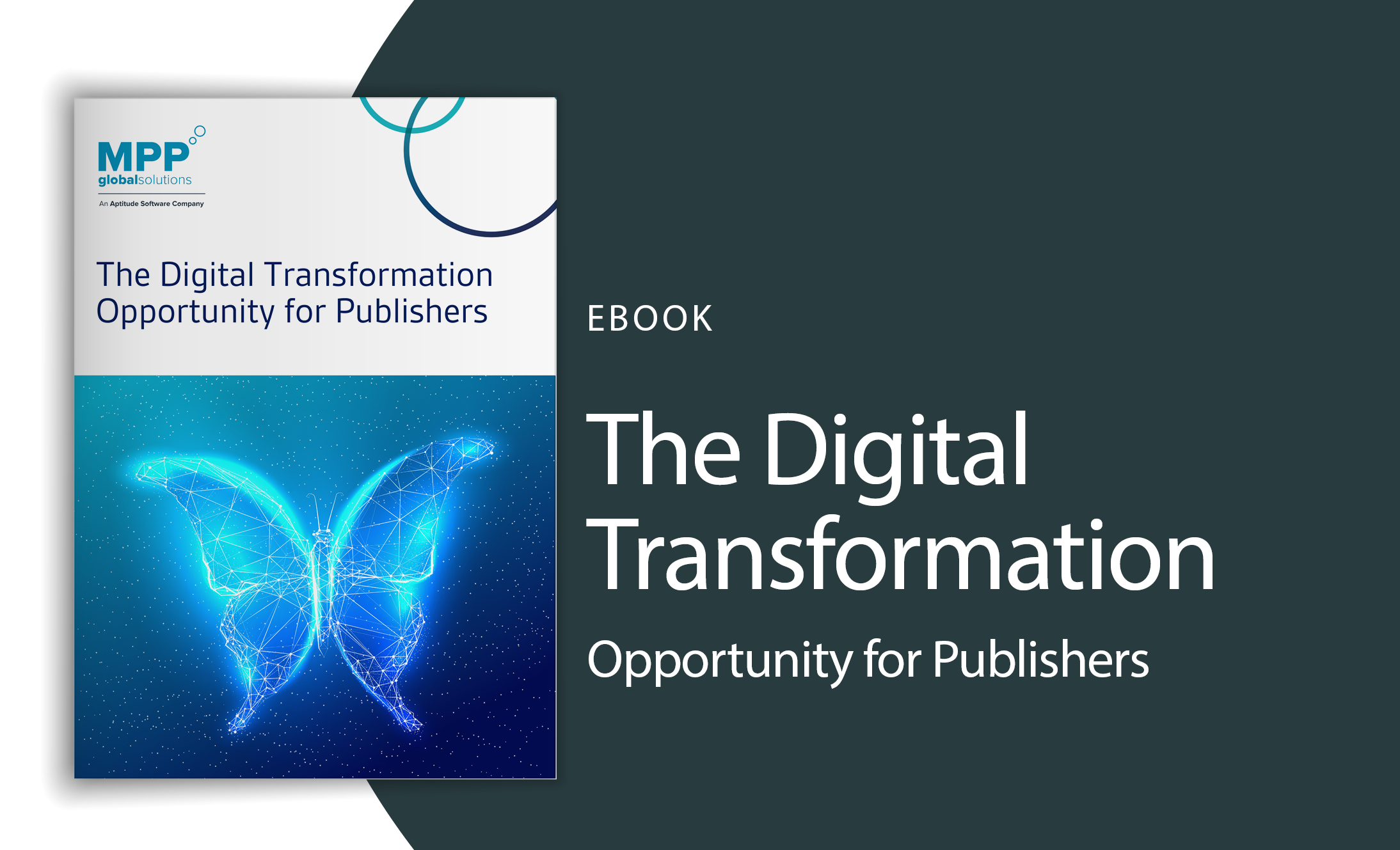Breaking Down Barriers with Post-pay

Finding new ways to increase readership and revenue are the main goals of any content owner.
There are some consumers who want to access individual pieces of content; with over 20% of consumers in the UK having admitted to paying for access to a single article. By providing the options for both subscribers and individual readers, publishers are accommodating a wider range of consumers.
A post-pay content monetization strategy provides consumers with the ability to click and buy only the content they wish to consume, once they have registered for the service.
There are a number of ways in which the post-pay functionality reduces the barrier to sale:
One-Click Payments
The post-pay method enables consumers to easily browse a content website, sifting through articles to find the content that interests them.
Following the consumer’s registration and creation of identity, they can read as many articles, or view as much content as they like and want to pay for. They can easily click their choice of articles, with the amount they read being logged using metering technology.
Some consumers may read every article published, some may read just a handful per day; either way, the post-pay model enables publishers to charge for this consumption on a per-consumer basis.
A Consumer-centric Approach
As an alternative to a hard paywall, post-pay offers a consumer-centric approach to digital content monetization.
Post-pay functionality enables consumers to curate their own experience on the site, only paying for the content they want to read, while the metering technology enables publishers to tailor suggestions for which articles would interest the consumer based on their preferences.
Micropayment Solutions
Save money: Not only does the post-pay model stop visitors to the site feeling pressured into a monthly commitment, it also provides media companies with a more economical way of processing low value transactions by reducing trips to the bank and Payment Service Provider (PSP) fees.
Establish Price Points: The post-pay model enables the publisher to define at which point their consumers will be charged. This can be in two ways, either they are charged for all articles consumed in a set number of days, weeks or months, or the transaction goes through once the consumer has reached a designated account balance. Giving the publisher the ability to configure these thresholds enables optimization of ARPU and the refining of user experiences.
Offer Variety: The publisher can utilize various post-pay transactions, including nanopayments and micropayments. Nanopayments consist of any article that costs less than 27 cents, while micropayments can run up to $3, which could be charged for a certain selection of longer articles, training documents or educational pieces. With these low value payments, consumers do not need to worry about seeing $15 being taken from their account for content they are not necessarily interested in, the transaction will be directly related to their consumption levels and the specific articles they have viewed.
Building a Sustainable Monetization Solution
With paid content on the rise, publishers must constantly innovate and improve business models to reduce those barriers, improve user experience and generate a sustainable revenue source for the future.
Breaking down the barriers to entry with post-pay enables publishing companies to create new profitable models to monetize content, whilst providing the consumer with a consumer-centric experience tailored to their preferences. Giving consumers the ability to pick and choose what they read optimizes the user experience, ultimately leads to longer dwell times, increased advertising revenue and increased direct revenues from payments for specific articles.
 us
us 










